
This is Part 2 of our podcast with Florian Coenen, Technical Marketing Manager. In Part 1 of our podcast, we introduced you to the ETRAXX. We talked through the process behind the design, what design elements inspired it, initial sketching, and moving those sketches into a CAD environment.
That’s where we’re picking up for Part 2—going deeper on the process for modeling the ETRAXX.
When working in CAD (Alias), Florian’s process begins with rough proportional studies using SubDs, to quickly try out different surface concepts and alternatives., Additionally he loads in Sketches and also sometimes reference objects for package and proportions as well.
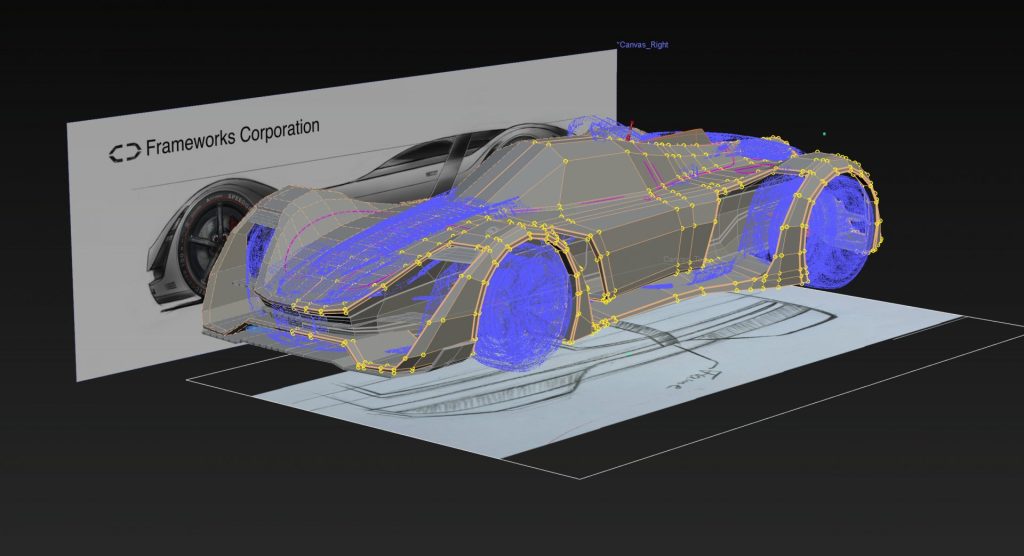
That’s when Autodesk’s new modeling in VR plays an important role. It allows Florian to review and explore the design. He can also make changes at the same time.
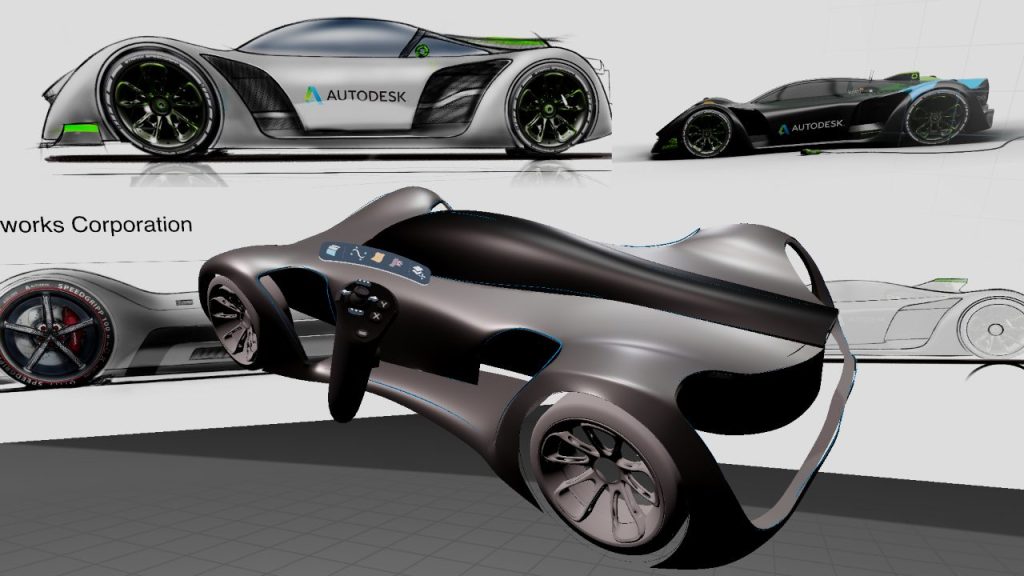
SubD modeling may speed up the concept phase massively. While for new users doing SubDs, it’s always the question: where is the turning point between NURBs and SubDs? When should one switch from SubD to NURBs again? Or How to combine these two technologies? This obviously depends strongly on the project but generally, you don’t need to think about this too much at the beginning, as in Alias you can combine these two technologies seamlessly. So Alias supports strong Hybrid modeling, as the surface which are controlled by a SubD cage, are NURBS surfaces, So one can use the old NURBS tools in combination with the SubDs.
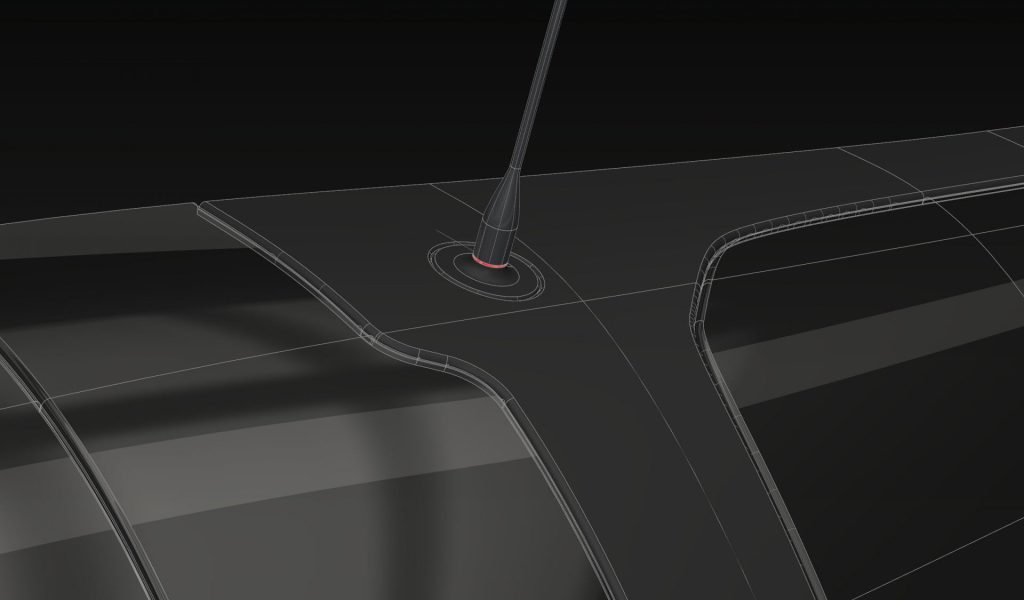
In the early concept phase, Florian found that being able to model the ETRAXX design on a one-to-one scale gave him a sense of proportion and size that he just couldn’t get with a 2D visual. This kind of VR design review is easier now than ever before: he puts the headset on and clicks “Review” in Alias.

This 3D design review built confidence in his design, because of what it reveals about proportion and other design issues at this early stage. Optimizing the design at this stage prevents him from having to roll back the design later.

Most designers appreciate VRED’s visualization capabilities, especially in VR. Florian notes that he’s able to do more and more of his design process in VR—seeing the model in different colors, different environments, using different lights, etc.
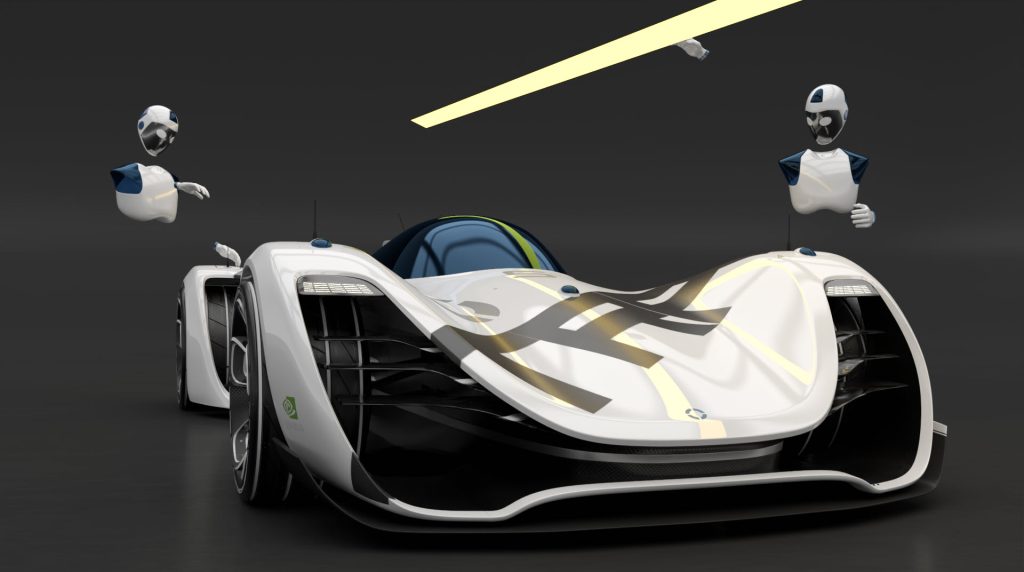
And the capacity to be in a design review with other people—in the same studio or across the globe – deepens collaboration and creativity.
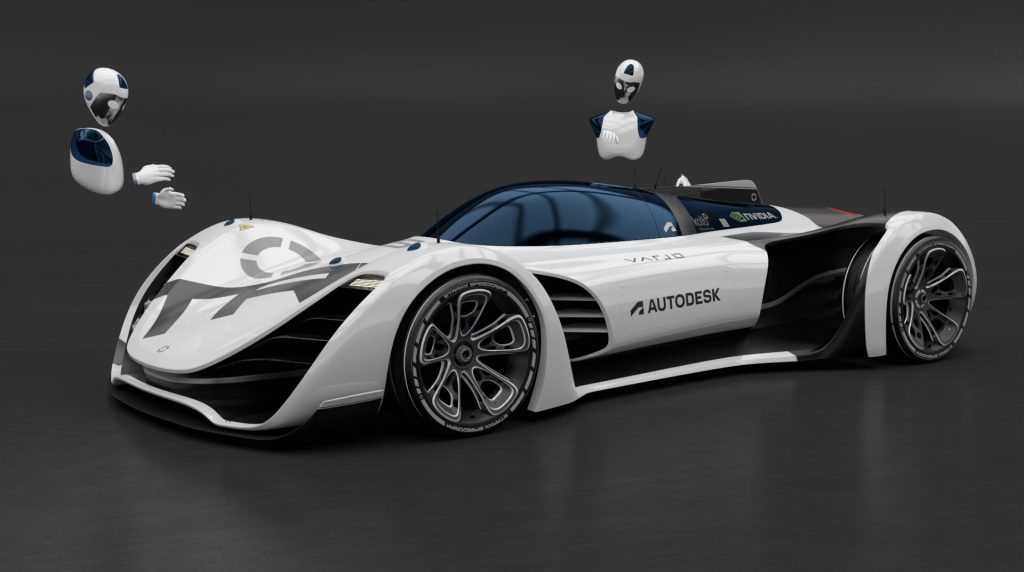
Stay tuned for the next episode, where we will explore the detailing that takes place after the ETRAXX design has been modeled.